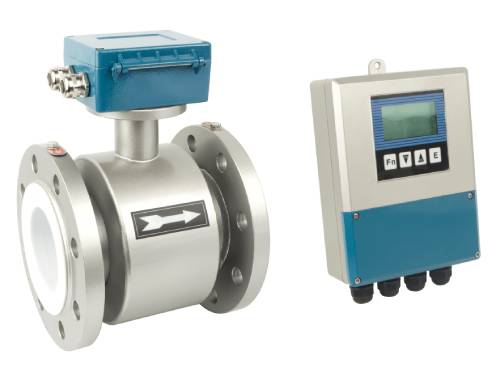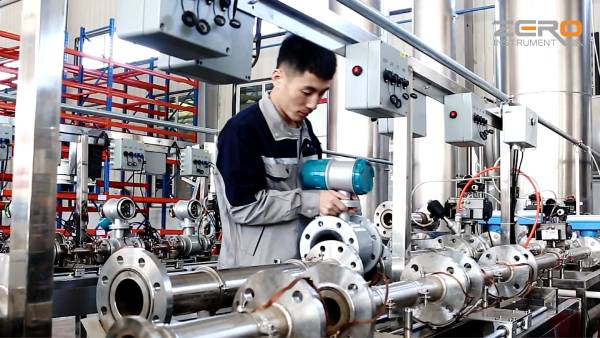Seven Key Points for Electromagnetic Flowmeter Selection:
- Accuracy and Functionality: Choose the appropriate accuracy level based on measurement needs, and consider necessary functions such as bidirectional measurement or alarms.
- Flow Rate and Diameter: Determine the fluid’s flow rate range and select the proper sensor diameter to ensure measurement accuracy.
- Fluid Properties: Consider the fluid’s conductivity, corrosiveness, abrasiveness, and cleanliness when selecting appropriate lining and electrode materials.
- Pressure and Temperature: Select an electromagnetic flowmeter that matches the working pressure and maximum operating temperature of the fluid and pipeline system.
- Installation Conditions: Take into account the pipeline size, installation method, and grounding/shielding requirements to ensure safe installation and operation.
- Power and Output: Define the necessary power supply and output signal type to meet system requirements.
- Compatibility and Communication: Choose a flowmeter that supports the required communication protocols for compatibility with automation control systems.

Eight Installation Requirements for Electromagnetic Flowmeters:
- Installation Position and Direction: Can be installed vertically, horizontally, or inclined, but should ensure a full pipe condition. Ideally, fluid should flow upwards through the instrument.
- Avoid Magnetic Interference: Install the flowmeter away from magnetic sources such as large motors, transformers, or welding machines.
- Grounding Requirements: The transmitter casing, shielded cables, measurement ducts, and pipes on both ends must be grounded, with a separate grounding point set.
- Signal Cable: Use specified shielded cables, keeping signal and excitation cables separate from power cables.
- Power Supply Requirements: The transmitter and converter must use the same power phase.
- Straight Pipe Length: The upstream side should have at least 5 times the diameter (5D) of straight pipe, and the downstream side should have at least 3 times the diameter (3D).
- Installation Environment: Avoid places with large temperature fluctuations, corrosive gases, strong vibrations, or direct sunlight.
- Maintenance Space: Provide ample installation space for convenient installation, maintenance, and upkeep.

Nine Methods for Electromagnetic Flowmeter Maintenance:
- Resistance Method: Check the continuity of fuses, cables, and excitation coils.
- Current Method: Measure excitation current and output current.
- Voltage Method: Verify the power supply correctness and check electrode symmetry.
- Waveform Method: Measure key points’ waveforms to detect faults in the converter’s circuit board.
- Substitution Method: Use interchangeability between the converter and sensor to identify fault locations.
- Signal Tracking Method: Use PLC programs to monitor the flowmeter’s signal.
- Observation Method: Observe the display window to determine if the converter is functioning properly.
- Short Circuit Method: Short-circuit the signal terminal with a wire to diagnose faults in the converter, sensor, or transmission cable.
- Multimeter Measurement Method: Measure the resistance values of the sensor’s excitation coil and signal terminals to assess the sensor’s status.

These methods comprehensively cover checks from the power supply to the converter, sensor, and wiring system to ensure the proper operation of the electromagnetic flowmeter
